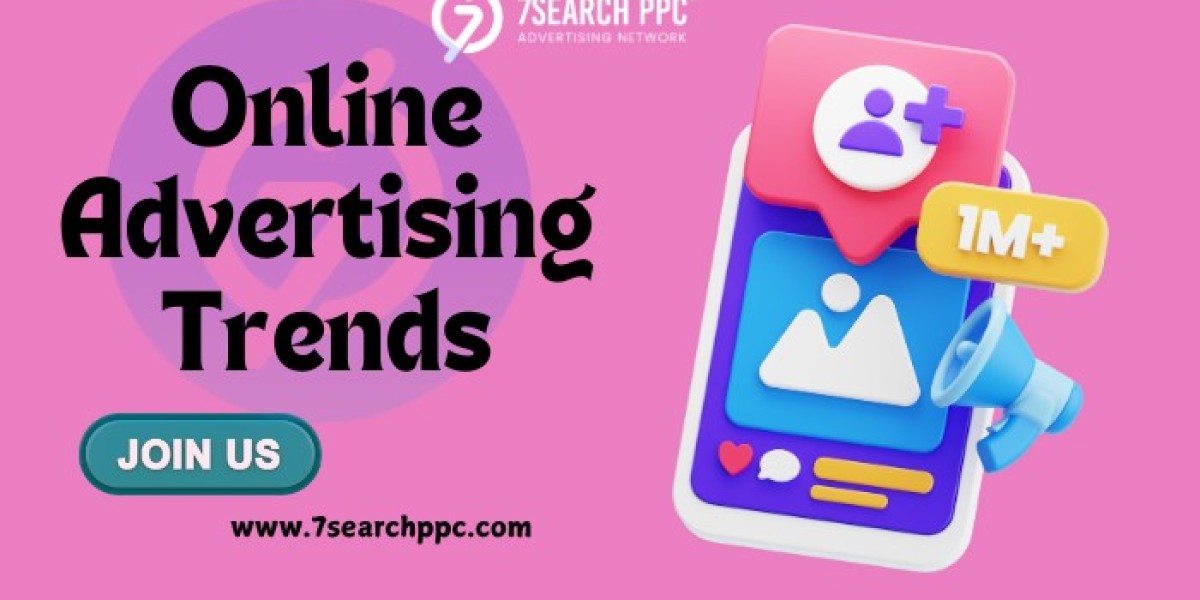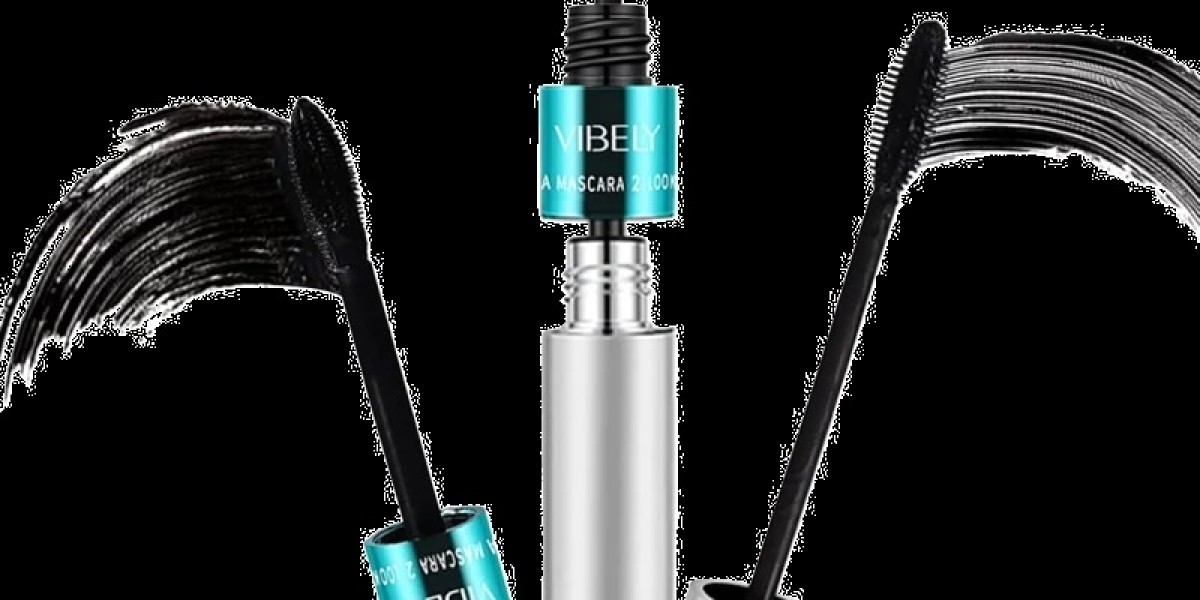Online advertising has reshaped the way businesses reach their target audiences. With ever-evolving technology and new platforms emerging regularly, digital marketing is constantly changing, making it essential for marketers to stay updated on the latest trends. Whether you’re a seasoned advertiser or just starting out, understanding the latest online advertising trends can help you optimize your strategies, improve ROI, and stay competitive in today’s digital-first world.
The Evolution of Online Advertising
Online advertising has come a long way from simple banner ads on websites. Today, it encompasses a broad range of formats, including PPC Ads, CPC Advertising, social media ads, and video ads. The digital advertising industry is projected to continue its rapid growth, making it crucial for advertisers to embrace new techniques and tools to stay ahead.
Why Staying Updated on Trends is Crucial
Keeping up with advertising trends isn’t just a matter of following fads. By adapting to current trends, you can:
Increase the effectiveness of your ad campaigns.
Improve targeting and personalization.
Maximize return on investment.
Failing to keep up, however, can mean missed opportunities, decreased engagement, and ultimately, falling behind competitors.
Increased Personalization in Ads
Why Personalization Matters
Today’s consumers expect a personalized experience when interacting with brands. Personalization helps businesses connect with customers on a deeper level by making them feel understood and valued. Personalized ads leverage data such as demographics, interests, and browsing behavior to tailor messages that resonate with individual users.
Tools and Strategies for Personalized Ads
To achieve effective personalization, businesses can use tools like:
Customer Segmentation: Dividing audiences into groups based on characteristics and preferences.
Behavioral Targeting: Using data from user behavior to serve relevant ads.
AI and Machine Learning: Automating ad personalization to reach the right audience at the right time.
Video Advertising Takes Center Stage
The Popularity of Video Content
Video is a powerful medium that captures attention and allows brands to tell stories. It’s no wonder that platforms like YouTube, TikTok, and Instagram are becoming central to advertisers’ strategies. Studies show that video ads can lead to higher engagement rates and better retention compared to other types of ads.
Best Platforms for Video Ads
If you’re looking to leverage video ads, consider these popular platforms:
YouTube: The second-largest search engine, ideal for long-form video content.
TikTok: A fast-growing platform popular with younger audiences for short, engaging videos.
Instagram: Offers various video formats, including Reels and Stories, to reach different demographics.
The Continued Reign of PPC Ads
What Are PPC Ads?
Pay-Per-Click (PPC) advertising allows you to pay only when a user clicks on your ad, making it a cost-effective option for many businesses. This model ensures that you’re spending money on actual interactions rather than just impressions.
Advantages of Using PPC Ads
PPC Ads offer several benefits, such as:
Precise Targeting: You can target specific keywords, demographics, and locations.
Scalability: Adjust your ad budget based on performance, scaling up when you see positive ROI.
Performance Tracking: Detailed analytics make it easy to measure and optimize your campaigns.
Popular PPC Sites
Some of the most widely used PPC sites include:
Google Ads: The most popular PPC platform, allowing you to reach a massive audience through Google search and its partner sites.
Bing Ads: A more affordable alternative to Google Ads, often used to reach a different demographic.
Cost-Effective CPC Advertising
Understanding CPC Advertising
Cost-Per-Click (CPC) advertising is closely related to PPC but focuses on the cost incurred for each click rather than overall campaign performance. With CPC, advertisers bid on keywords and pay based on the clicks their ads receive.
Tips for Optimizing CPC
To make the most of your CPC campaigns:
Select Relevant Keywords: Choose keywords that match your target audience’s search intent.
Monitor Competitors: Keep an eye on competitor bids to stay competitive.
Optimize Landing Pages: Ensure that your landing page delivers on the ad’s promise, improving the chances of conversion.
Programmatic Advertising for Efficiency
What is Programmatic Advertising?
Programmatic advertising automates the ad-buying process, allowing for real-time bidding and targeting. This approach uses algorithms and AI to optimize ad placements based on user data, ensuring ads are shown to the right people at the right time.
Benefits of Programmatic Advertising
Programmatic advertising offers:
Efficiency: Automates ad buying, reducing the need for manual input.
Real-Time Optimization: Uses data to continually adjust and improve ad performance.
Enhanced Targeting: Analyzes user behavior to deliver ads with high relevance.
Mobile-First Advertising Approach
Why Mobile-First Matters
As mobile devices become the primary way people browse the internet, a mobile-first approach is essential. Mobile-first advertising ensures that ads are designed with smaller screens in mind, providing a seamless experience for users on the go.
Tips for Effective Mobile Ads
To optimize ads for mobile:
Use Mobile-Friendly Formats: Vertical videos and short-form content work best.
Optimize for Speed: Ensure your ads load quickly to avoid losing impatient users.
Leverage Geotargeting: Tailor ads based on the user’s location for increased relevance.
Voice Search Optimization
Impact of Voice Search on Advertising
With the rise of voice-activated devices like Amazon’s Alexa and Google Assistant, voice search is changing how users interact with technology. This trend is influencing advertising as people use more conversational language in their searches.
Strategies for Voice Search Optimization
To optimize for voice search:
Use Natural Language Keywords: Focus on long-tail keywords that mirror spoken language.
Prioritize Local SEO: Many voice searches have local intent, so ensure your business appears in local search results.
Answer Questions: Create content that answers common questions, as voice search users tend to ask questions directly.
AI and Machine Learning in Ad Targeting
Role of AI in Advertising
Artificial Intelligence (AI) and Machine Learning (ML) are transforming how advertisers target audiences and optimize their campaigns. These technologies analyze vast amounts of data, identifying patterns that help brands predict user behavior and deliver personalized ads.
Examples of AI-Driven Advertising
Some AI applications in advertising include:
Predictive Analysis: Anticipates user behavior to serve relevant ads.
Chatbots: Provides customer service directly within ads.
Ad Personalization: Uses data to tailor messages to individual users.
Conclusion
Online advertising is rapidly evolving, and staying updated on trends can give your business a competitive edge. From personalization and video ads to AI-driven targeting and interactive content, each trend presents unique opportunities for engagement and growth. By embracing these trends, you can optimize your ad campaigns, reach your target audience more effectively, and grow your business and achieve pay-per-click success.








